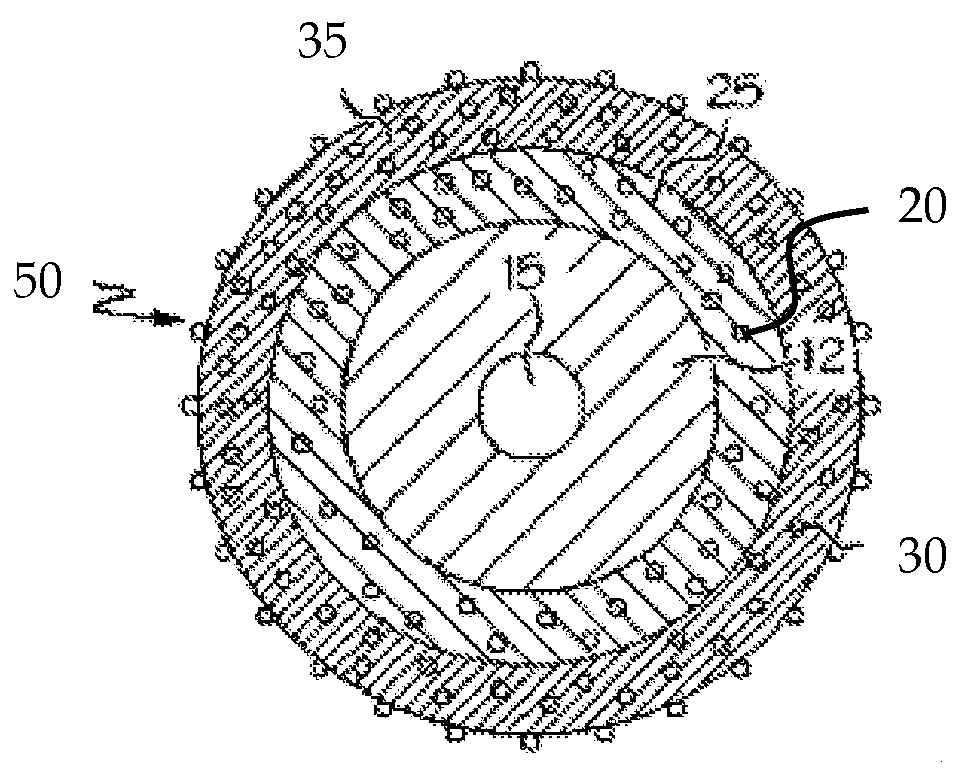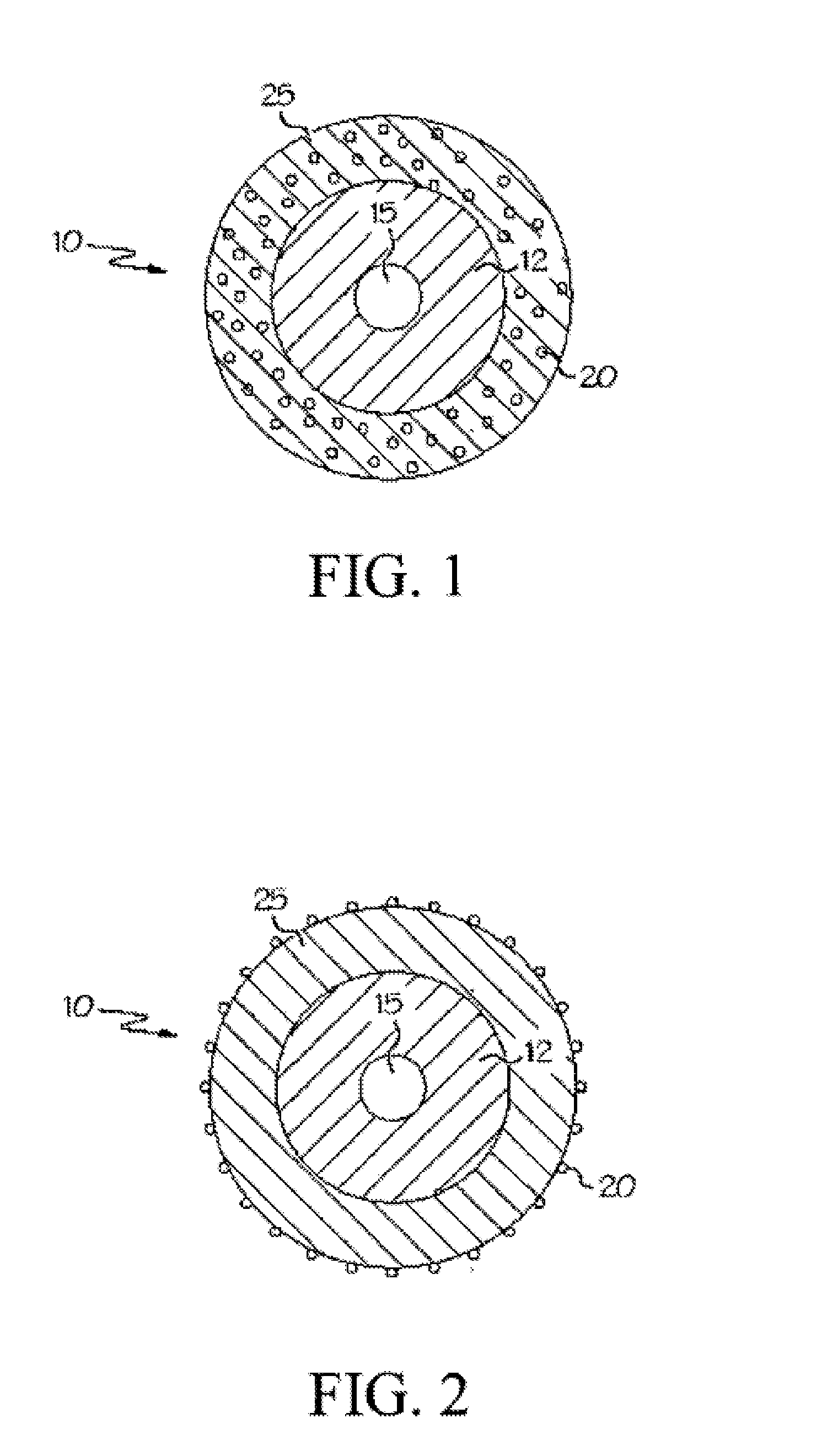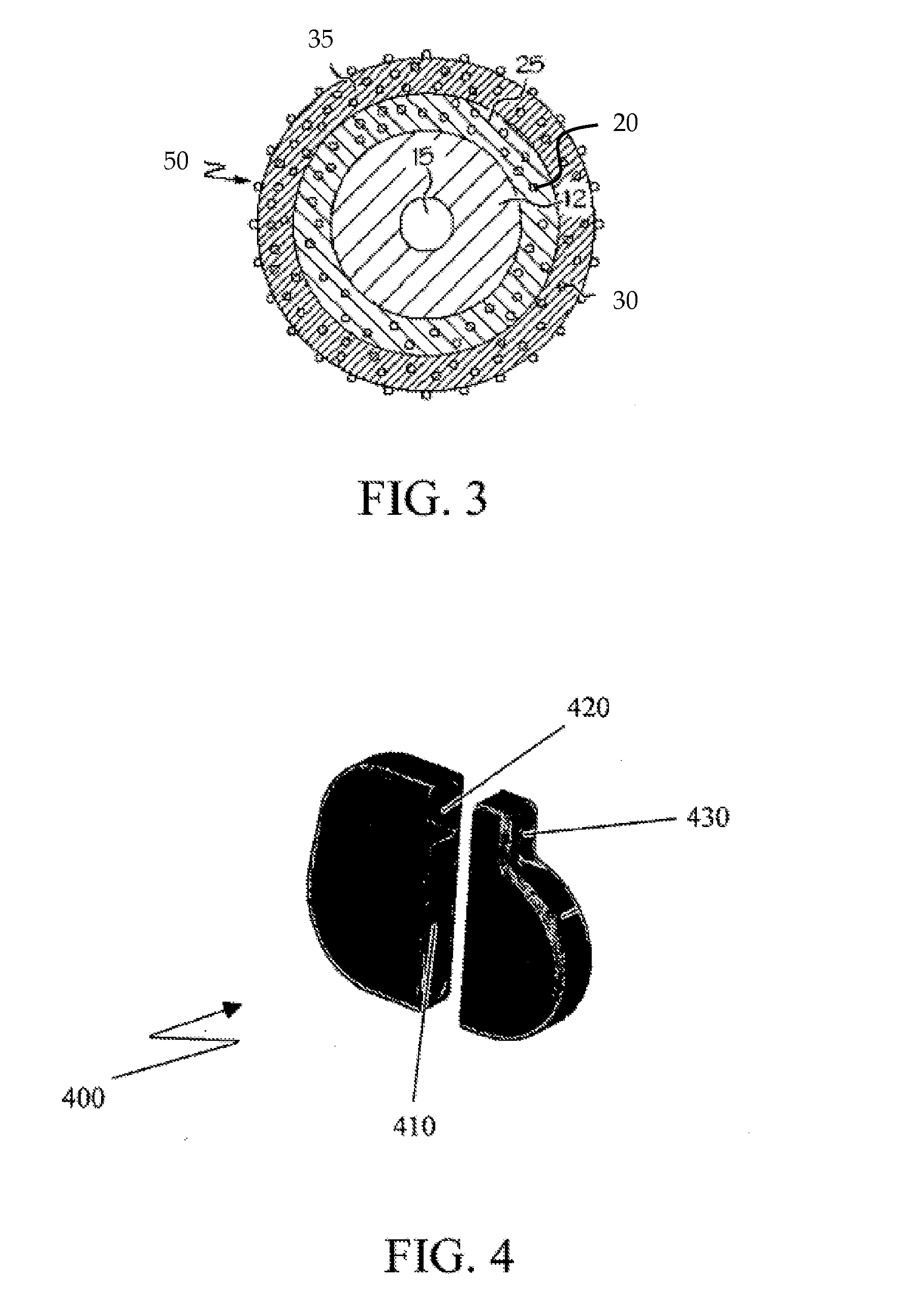Two part antimicrobial boot
- Summary
- Abstract
- Description
- Claims
- Application Information
AI Technical Summary
Benefits of technology
Problems solved by technology
Method used
Image
Examples
Embodiment Construction
[0017]As more medical devices incorporate associated therapeutic agents, the processes for sterilizing such devices should be carefully considered, particularly for devices that contain multiple therapeutic agents. Devices, systems and methods where such consideration has been given are described herein.
[0018]Medical Device
[0019]One or more therapeutic agents may be incorporated in or on a medical device configured to release the therapeutic agent when implanted in a patient. For example, therapeutic agent may be embedded, coated, mixed, dissolved or dispersed on or in a polymeric material. The polymeric material may be disposed on, in or about at least a portion of the medical device. For example, the polymeric material may be in the form of a coating or covering. In some embodiments, the polymeric material may form the device; e.g., when the device is a catheter.
[0020]Therapeutic agent may be released from polymeric material at any rate sufficient to produce the therapeutic effect...
PUM
| Property | Measurement | Unit |
|---|---|---|
| Fraction | aaaaa | aaaaa |
| Therapeutic | aaaaa | aaaaa |
| Polymeric | aaaaa | aaaaa |
Abstract
Description
Claims
Application Information
 Login to View More
Login to View More - R&D
- Intellectual Property
- Life Sciences
- Materials
- Tech Scout
- Unparalleled Data Quality
- Higher Quality Content
- 60% Fewer Hallucinations
Browse by: Latest US Patents, China's latest patents, Technical Efficacy Thesaurus, Application Domain, Technology Topic, Popular Technical Reports.
© 2025 PatSnap. All rights reserved.Legal|Privacy policy|Modern Slavery Act Transparency Statement|Sitemap|About US| Contact US: help@patsnap.com



